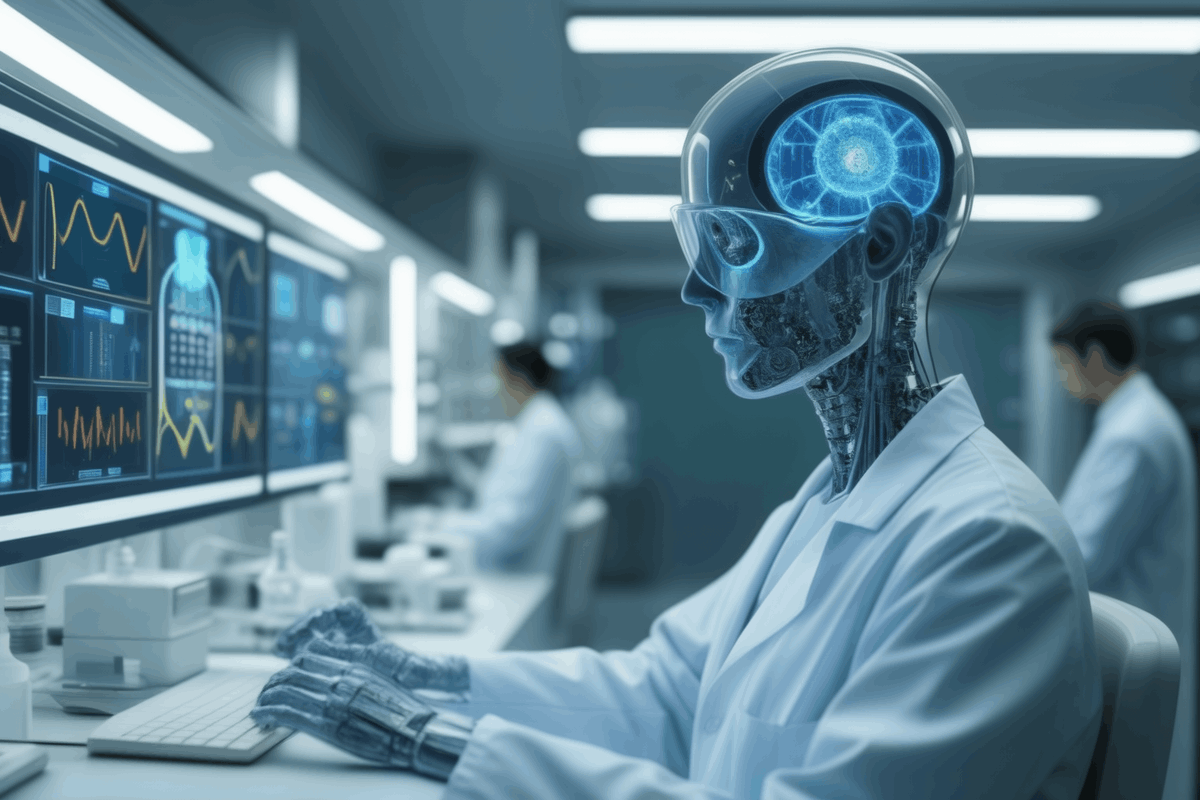
The Evolution of AI Trading Bots
The evolution of AI trading bots marks a significant milestone in the history of financial trading. Initially, trading bots were simple programs that followed predefined rules. However, with the advent of AI, these bots have become sophisticated systems capable of independent learning and decision-making.
Early trading bots relied heavily on technical indicators and historical data. While effective to some extent, these methods lacked the flexibility to adapt to new and unforeseen market conditions. AI has changed this by introducing adaptive learning, where bots can evolve their strategies based on real-time data and outcomes.
One of the most notable advancements in AI trading bots is the use of neural networks. These networks mimic the human brain's ability to recognize patterns and make predictions. By training on large datasets, neural networks can identify subtle market trends and execute trades with a high degree of accuracy.
Another significant development is the incorporation of natural language processing (NLP). NLP allows trading bots to analyze and interpret human language from various sources, such as financial news and social media. This capability enables bots to gauge market sentiment and make trades based on the collective mood of the market.
The evolution of AI trading bots has also seen improvements in risk management. Advanced algorithms can now assess the risk of potential trades more accurately and adjust strategies to mitigate losses. This proactive approach to risk management is crucial in maintaining long-term profitability.
Looking ahead, the continuous improvement in AI technologies promises even more advanced trading bots. These future bots will likely be capable of even greater autonomy and precision, further transforming the landscape of financial trading and investment strategies.